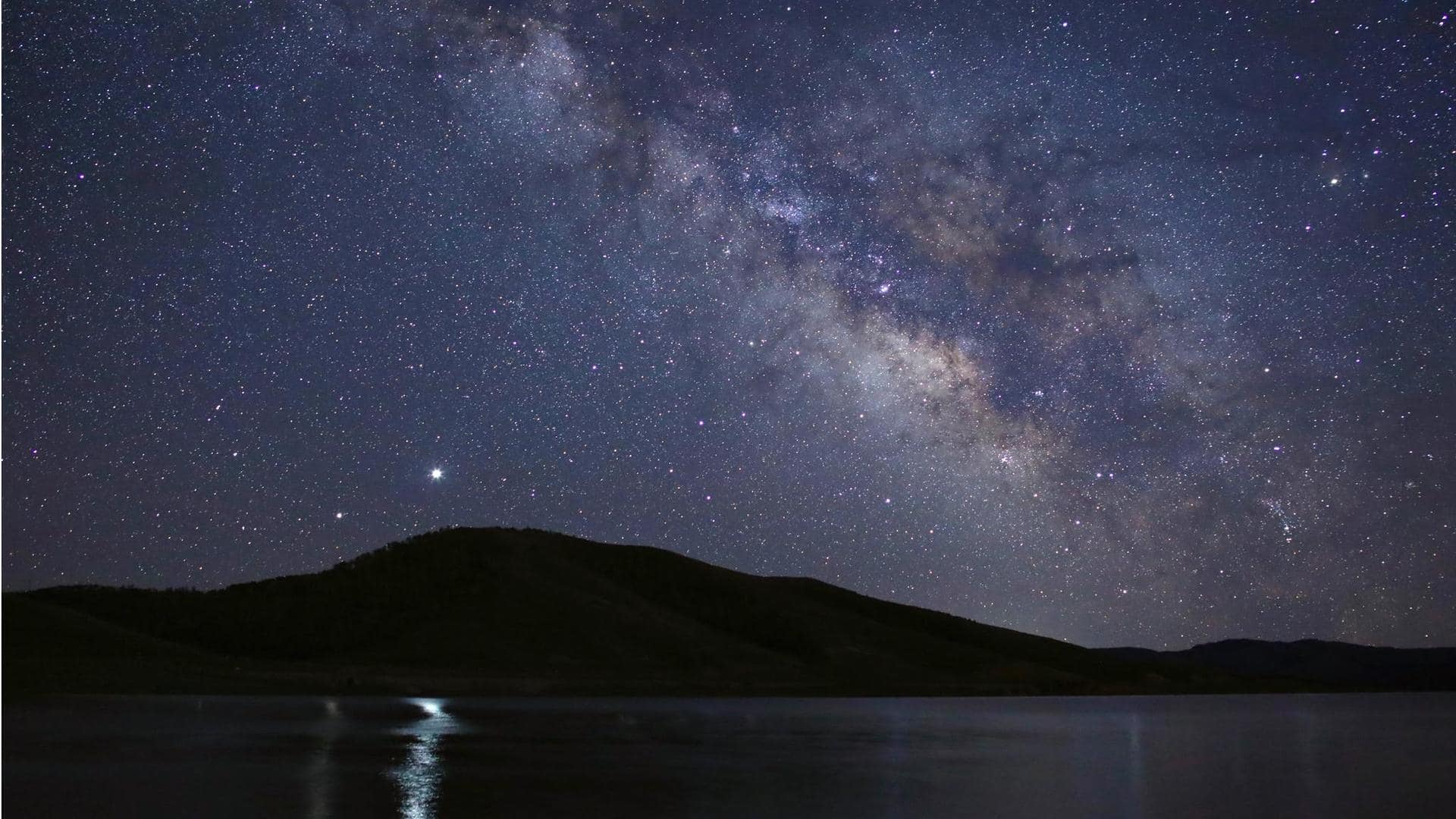
These five planets will come together in late March
What's the story
Just days after the Venus-Jupiter-Moon conjunction, stargazers are bound to witness another rare cosmic event. Five planets—Mercury, Venus, Mars, Jupiter, Uranus—and the Moon will come together between March 25 and 30 as Earth enters equinox. They will be visible right after sunset. Jupiter could be hard to spot after March 28, so you might want to catch this event earlier.
Context
Why does this story matter?
The past couple of weeks has been nothing short of exciting for stargazers. First, the rare green comet shot past us, followed by the Venus-Jupiter conjunction, and now we will soon witness the rare parade of five planets. Interestingly, since this is the time around the March equinox, we are also set to see more stunning auroras.
Details
The five planets will be clearest on March 28
The five planets will be seen in the vicinity of each other in the final days of March but they will be the clearest on March 28. Right after sunset, the planets will come together to form an arc-shaped appearance on the western horizon. Venus will be the easiest to spot since it's the third-brightest object in the sky, after the Sun and Moon.
Observation
Uranus and Mercury might be hard to spot
However, some other planets, like Uranus and Mercury, might be harder to spot and you might have to rely on binoculars or telescopes. Jupiter and Mercury will appear side-by-side. Take note that the two planets will only be visible for less than an hour after sunset, after which they will dip beneath the horizon and you will not be able to observe them.
Mars
You will have plenty of time to spot Mars
On the other hand, Mars will be visible for longer during the final days of March. It will appear bright red and will be visible high up in the southwest sky, above the crescent moon. From March 25 to 27, Mars will appear slightly to the left of the Moon, and it will then sink below the Moon on March 28 and thereafter.
Details
Saturn will lie on the eastern horizon after sunrise
Uranus will lie above and to the left of Venus. You will have about an hour or so after the Sun has set to catch the two planets since they will also disappear into the horizon. The bonus would be spotting Saturn, which will be low on the eastern horizon just after sunrise on March 27 and 28.
Instructions
How to watch this celestial event?
To catch this celestial event, make sure you are positioned away from bright lights. While most planets will be visible to the naked eye, you might need binoculars or a telescope to spot Uranus. Further, you can download astronomy apps like Sky Tonight or SkySafari, which will indicate exactly where each planet is in the night sky. Happy skywatching!